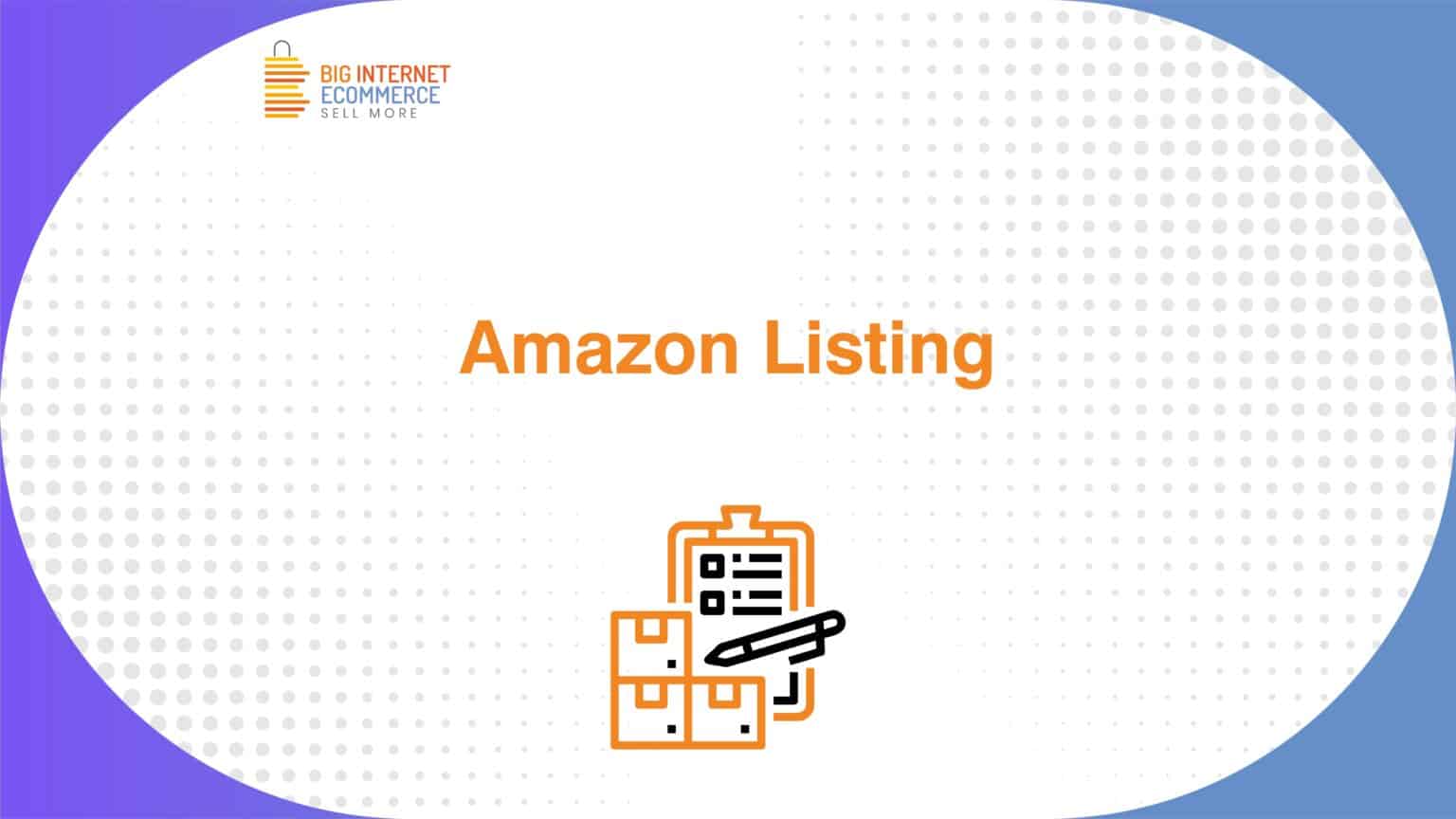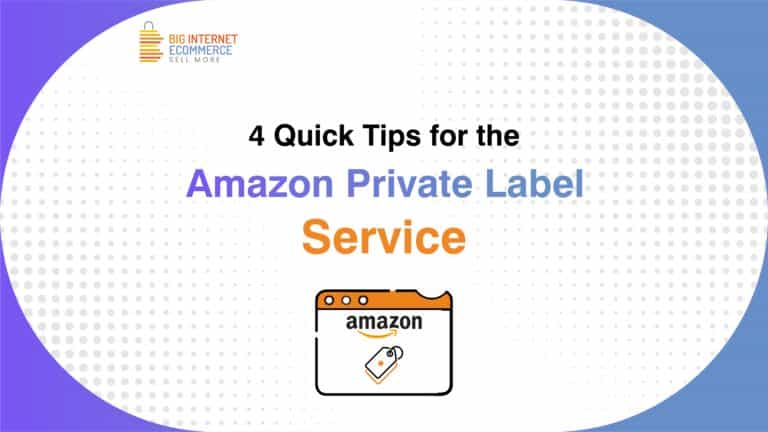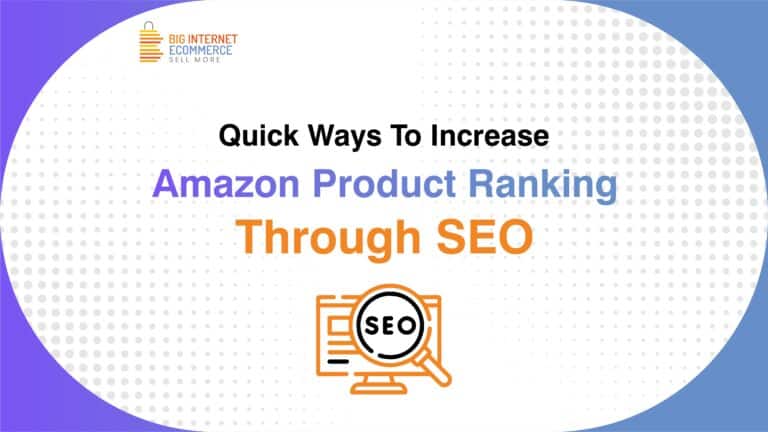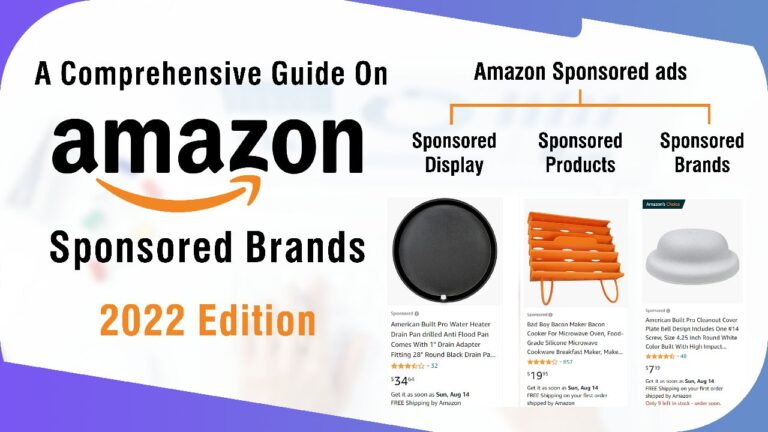Your product must first be listed on Amazon before you can begin selling it there. Information about your product, including its category, brand, features and specs, pictures, and cost, can be provided. Your customer can access all of these facts to assist in making a purchase of your goods.
Every item you sell on Amazon has a product page, which is known as an Amazon product listing. It consists of the details you enter when you list your goods, such as the title, pictures, description, and price.
The Add to Cart button is present on every product listing page since Amazon customers utilize these pages to complete their purchases.
Therefore, the success of your products on Amazon will depend on how well you write the product listing.
Contents
- 1 What is Amazon Listing Optimization?
- 2 Important Components of a Product Listing on Amazon
- 3 How Important is Amazon Product Optimization?
- 4 Importance of Amazon Product Description Writing
- 5 What are the Key Components of Amazon Product Description
- 6 What is Amazon Keyword Optimization?
- 7 Amazon Backend Keywords Optimization
- 8 Types of Backend Keywords
- 9 What Are Amazon Search Terms?
- 10 Difference between Amazon Search Terms and Backend Keywords
- 11 How to Select Amazon Keywords?
What is Amazon Listing Optimization?
The practice of improving product pages for Amazon in order to increase their search exposure, click-through rate (CTR), conversion rate (CR), and ultimately increase sales. Finding keywords, optimizing the listing language and image content, and raising the number of reviews are all part of this process.
In actuality, this is among the most crucial things you as an Amazon dealer or seller should complete.
Important Components of a Product Listing on Amazon
- Product title: You have lots of room to be specific in the product title, which can be up to 500 characters long (250 characters for some products) in an Amazon product listing. In actuality, many of the product titles on Amazon read more like brief summaries of the items. In most circumstances, it is best to provide more details. The primary keyword for the product should be placed as close to the beginning of the title as possible. The essential components, such as the brand, item name, model number, color, size, kind, etc., should also be included.
- Images: A minimum of five product images should be included in an Amazon product listing. Additionally, there ought to be a range of visuals, such as pictures of the object in use and in its actual size. It is also beneficial to display the product and its packaging from different perspectives. Additionally, it’s critical to adhere to Amazon’s image specifications.
- The Amazon product listing page includes a number of bullet points underneath the price, product selections, and shipping information. The ideal method to use this part is to emphasize the key characteristics and advantages of the product. Use as many auxiliary keywords as you can while carrying out this task. Due to its prominence on the page—above the fold and next to the price, photos, and Add to Cart button—this section of the listing should not be overlooked as being more crucial than the entire product description.
- Although a description is not as crucial as a list of bullet points, it is nonetheless necessary. It enables you to expand on the product’s description and reapply your keywords. Consider your target market while you write your product description.
How Important is Amazon Product Optimization?
Customers can find all the information they require regarding a specific product on an Amazon product listing or the product page. It gives descriptions of the products, photographs, and videos of them, as well as feedback from customers who have previously bought them.
The practice of improving your listings on Amazon in order to boost traffic and conversions. One of the most important strategies to keep your product at the top is this one. You must be successful in this area if you want to be successful in other areas as well. Check that everything is taken into account, including the product title, description, reviews (which should be in significant quantities), advertising strategy, and visibility through keywords and other strategies.
For online buyers to have a tailored and memorable experience, Amazon product listing optimization is essential. As a result, even with a top-notch product to sell, you won’t be able to make sales if clients can’t identify your item among a sea of rivals. By optimizing these listings, you can make sure that customers can find or find those products quickly!
In addition to ensuring consistency in branding, messaging, reviews, and ratings, optimizing your Amazon product listing also improves exposure on Amazon’s search engine results page.
Importance of Amazon Product Description Writing
The majority of your Amazon product listings are made up of product descriptions. When you click through to an Amazon product page, it is the text section that is displayed below the title. It typically has up to 2,000 characters and is intended to thoroughly describe your product.
Your Amazon product listings’ titles should focus on drawing readers in and offering comprehensive information. Product descriptions are meant to give customers the information they need to make an informed decision. This is Amazon’s replacement for the experience that customers can’t pick up their things and examine them themselves when they shop online.
One of the most important tools brands can use to increase both their conversions and exposure on Amazon is product descriptions. There cannot be any company information, marketing terminology, or URLs in the descriptions. Instead, the focus is entirely on the item.
Here are the two main justifications for the significance of product descriptions.
- They affect how visible you are in the search results on Amazon – In terms of SEO, your Amazon product description is crucial. The Amazon search algorithm is likely to reward you with better search ranks if you write a fantastic product description. Since most customers never scroll past the first page of Amazon’s search results, product descriptions are crucial.
- They improve the customer’s experience – When purchasing something on Amazon, customers believe that the product description is either very significant or extremely vital. This indicates that they might boost your sales. You’re also more likely to please customers, cut down on returns, and garner more favorable Amazon reviews if you give customers all the information they require prior to placing an order.
What are the Key Components of Amazon Product Description
To dazzle customers and Amazon’s A9 algorithm, keep these three important factors in mind while writing product descriptions.
- Keywords: The A9 algorithm considers the relevancy of the search term when ranking Amazon product listings. It also takes into account the cost, conversion rate, traffic from outside sources, and availability of the product. It evaluates the keywords in your product descriptions to match listings to user search queries. To determine the words and phrases that customers are most likely to type into an Amazon search, brands can use a keyword tool. These can then be included in your product descriptions. You should preferably choose long-tail keywords with high search volume. Use just those that are relevant to your items; relevance takes precedence over search engine popularity. A/B testing keywords is a smart move to see which ones resonate with your audience. Also, take care not to overstuff your descriptions. Instead, you can add more keywords to the search bar on your Amazon product pages. Here, you can add alternative word spellings and other keywords for Amazon to consider.
- Important product information – Your Amazon product description must provide all the information a customer needs to decide whether to make a purchase in order to increase conversions. List your product’s primary features after highlighting its advantages. Think about including information like size, weight, ingredients, amount, warranties, and anything else your target market might be interested in.
- Formatting – The structure of a product description is crucial. Consumers ranked “simple to read language with suitable layout” as being even more crucial than the title or advantages of a product description. This implies that it’s critical to present your product information in a clear and succinct manner. Shoppers may choose to go elsewhere if it’s too lengthy or challenging to read. To make your product descriptions interesting, scannable, and easy to read, utilize bullet points, short words, white space, and other formatting techniques.
What is Amazon Keyword Optimization?
The effectiveness of an Amazon listing depends on the effective use of Amazon keywords. In comparison to a poorly optimized page, an optimized product description page attracts more visibility and attention in search, resulting in higher clicks and sales.
The majority of sellers concentrate on improving their listing’s front end. They give a lot of consideration to the headline, bullet points, product description, and graphics. That, however, is insufficient to dominate the rankings.
You see, optimizing the front end is only one aspect of listing optimization on Amazon. It also entails selecting the appropriate backend keywords to optimize your listing’s backend.
However, not all sellers are aware of this crucial fact. So much so that some people entirely overlook the backend keywords. We do not want you to commit the same error.
Amazon Backend Keywords Optimization
The terms you include in the backend area of your listing are known as backend keywords. Only A9 crawlers can see and access these because they are concealed from Amazon customers.
Backend keywords don’t assist you to sell your product because they aren’t accessible to individuals who are viewing your ad. Contrast that with front-end keywords, which inform potential buyers about the advantages and features of your product and entice them to buy.
Backend keywords aid the understanding of your goods by Amazon’s search engine algorithm. They give more context for what your product is about, how to use it, and when to use it.
Backend keywords increase your product’s indexing and classification capability in more technical terms, boosting its visibility across a variety of search queries.
Types of Backend Keywords
- The Intended Use keywords can be seen right at the top. Here, you can enter search terms that describe the occasion, place, environment, circumstances, or activities for which your product is designed. The bedroom, vacations, and gaming are a few examples.
- The next set of keywords is for the target audience. The target market for the product is described by these terms. Cats, kids, women, and others are examples.
- Other Attributes keywords come next on the list. They reveal new information about your product’s additional qualities. Take the strength, flexibility, and weight of your product, for instance.
- We have the Subject Matter keywords box immediately beneath Other Attributes. You can type in terms here that will assist Amazon to comprehend your product and choose the best category for it. The terms “Fidget Spinner for Focus,” “Shooting Targets for Kids’ Nerf Games,” and “Sleeping Pillow for Neck and Shoulder Pain” are examples of Subject Matter keywords.
- The Search Terms keywords are last but certainly not least. With the use of these keywords, you may give Amazon more information about your goods. Examples include food-grade plastic, sunscreen suitable for acne, bamboo cutting boards, etc.
What Are Amazon Search Terms?
Amazon search terms are, as the name implies, are the keywords that customers use to find the products they are interested in. In this section, the platform matches client search terms with merchant keywords and displays the most pertinent products. Additionally, the search phrases available on Amazon encompass a wide range of specific use cases and purposes that consumers may enter directly into the search field. Some people, for instance, employ long-tail keywords like “healthy ragi chips.” The others, on the other hand, might just peruse the selection and comparison prices using the “healthy chips” inquiry.
Difference between Amazon Search Terms and Backend Keywords
Buyers use the search engine on the platform to enter various keywords to find products. They are sometimes referred to as “backend keywords” because they are buried in the Amazon listings’ backend. The search terms that can be found on Amazon Seller Central are those that aren’t displayed on your product detail page. Even if it is impossible to anticipate and include all of the keywords used in Amazon searches, you can still choose the most effective ones and add them to your product description later on.
Unfortunately, because backend keywords are hidden from the client, many merchants neglect to fill them out. Backend keywords can, however, immediately improve your seller rank in search results. They continue to influence how well your Amazon listing is rated, and your potential customers utilize them to locate the marketplace listing of your goods.
How to Select Amazon Keywords?
A few key guidelines must be followed for your Amazon SEO plan to be successful. Keyword research is where it all begins. To make it easier for consumers to locate your goods on Amazon, you must first understand what Amazon customers are searching for. Then, you must utilize relevant (i.e., words that apply to customer inquiries) words in your listing. This uses the right keyword. The fact is that if buyers don’t purchase your stuff, it doesn’t matter how frequently your query is. After you have chosen pertinent keywords, your goal is to strategically insert them in the product’s title, features, description, and search terms sections.
Just keep in mind that your effort isn’t done once your listing has been improved. The cycle of “optimize – analyze – repeat” will be repeated continuously because optimization is a continuous activity. You must monitor which keywords promote sales and use more of them in your listing if you want to be successful. Of course, you can always change the current list of keywords to improve the relevancy of the searches or add more terms to the listing.
Even while we frequently think a particular query is pertinent, it rarely results in sales. In these circumstances, it may be worthwhile to update the listing in order to highlight the aspect of the requested product. There are, however, instances in which you discover surprising terms that perform well in reverse. You can focus on these new keywords in this situation. In either case, your objective is to identify what works well and advances your listing.
Researching keywords for Amazon can begin now. Identifying all the various keywords and phrases that customers might use to search for a certain product requires both technical and creative thinking. Start by coming up with a list of your top search terms. After that, support your arguments with a more thorough study utilizing a combination of SEO and Amazon tools. Since many Google and Amazon questions overlap, utilizing basic SEO tools makes sense in addition to employing specialized programs for Amazon search words analysis when determining search terms for an Amazon seller. The main distinction is that Amazon customers are more definite about what they want to buy.
Your store’s sales, development, and discoverability depend on how well you use Amazon keywords. The positions of your listings in the search results will be elevated with effective Amazon SEO, which will also enhance traffic and conversions. However, your effort doesn’t end with the first choices for the Amazon search terms. Regardless of how slowly competitors move, they will eventually strengthen their positions, adjust to shifting rules, and get the better of you. Therefore, to avoid it, keep an eye on the key KPIs using third-party tools and, if necessary, modify your SEO strategy.




